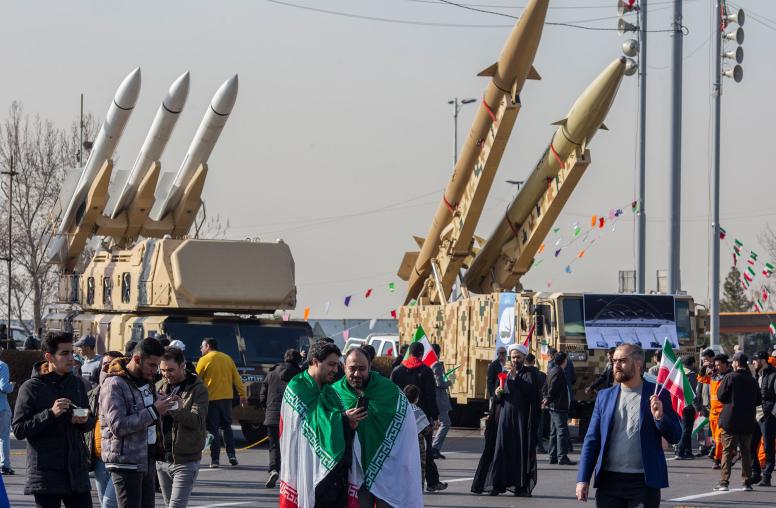Uyghur women in China face systemic repression. Most are barred from even speaking in their own language, while others have been detained at one of the Chinese government’s “reassimilation” camps. Uyghur journalist Gulchehra Hoja discusses the human rights situation for Uyghur women in the Xinjiang region of China, why authoritarian regimes feel threatened by women in particular, and how the global community can help by pressuring China to open the region to independent investigations and foreign journalists.



